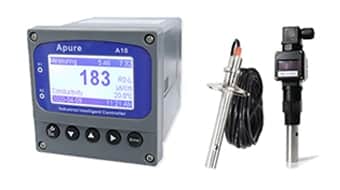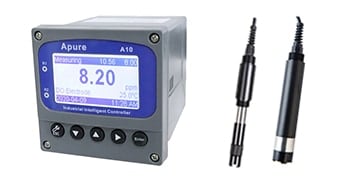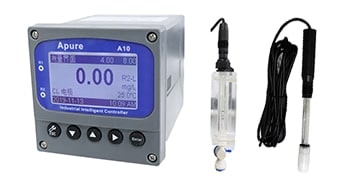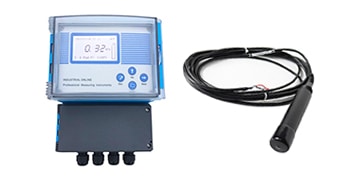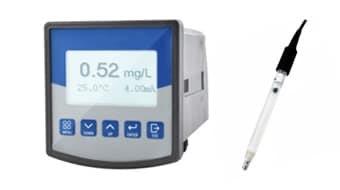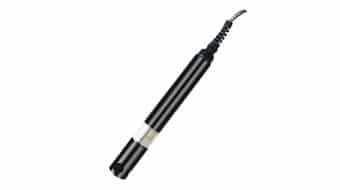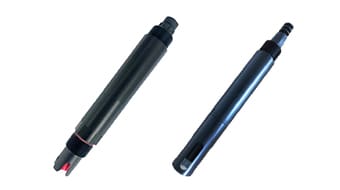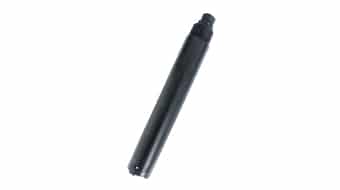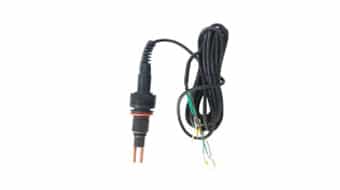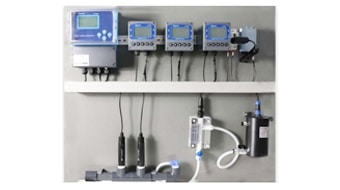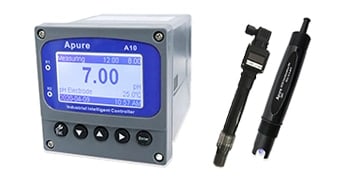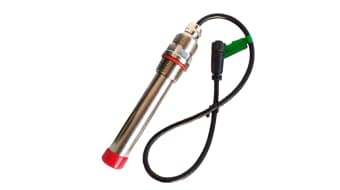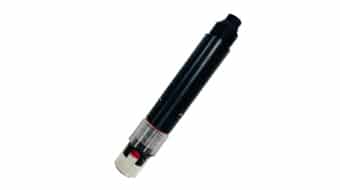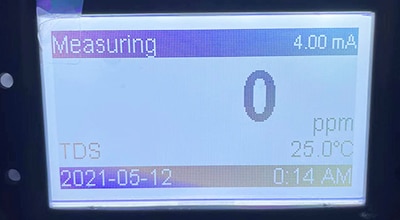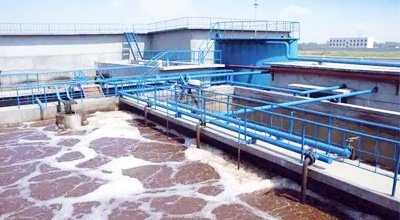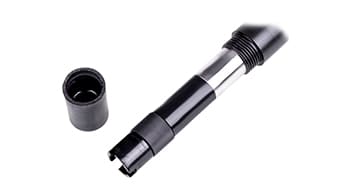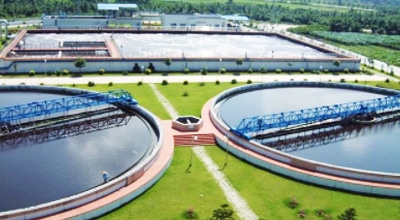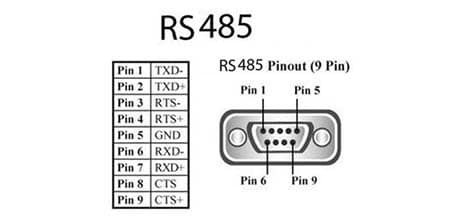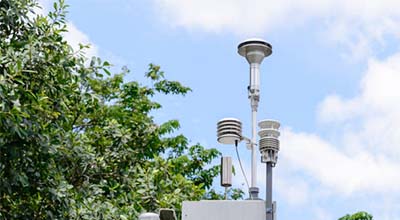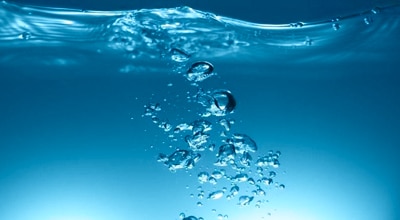Hardness Sensor
General water hardness is related to the minerals dissolved in the water. Water hardness is a measure of the amount of calcium and magnesium ions in the water, usually expressed in milligrams per liter (mg/L). Water hardness can be categorized into two types: carbonate hardness and non-carbonate hardness, the sum of which is referred to as general hardness.
Apure uses a PVC membrane based calcium and magnesium ion selective electrode to create an all-in-one online total hardness sensor. It is also often called water hardness selective electrode, hardness probe.
Why measure hardness?
Industrial hard water forms solid deposits consisting of calcium and magnesium salts in pipes. The higher the hardness, the easier it is for calcium to precipitate, causing blockage or damage to water pipes, boilers and other equipment. Due to the increasing cost of equipment maintenance, water hardness has been used as one of the criteria for judging production costs. Therefore, it is important to monitor the hardness level of process water.
While some hardness may be acceptable in some water quality applications, other applications require zero hardness to prevent scaling and damage to equipment. As a result, water softening through precipitation or ion exchange is often required to remove hardness. To optimize these processes, it is sometimes necessary to monitor calcium and magnesium levels separately.
How hardness is measured?
The following methods are commonly used to measure water hardness:
- Acid-base titration: The hardness of water is calculated by adding drops of acid-base indicator to the water and using a standard acid or base solution to determine the required titration volume.
- EDTA titration (ethylenediaminetetraacetic acid titration): EDTA can form stable complexes with calcium, magnesium and other metal ions in water, and the hardness of water can be calculated by determining the titration volume required when EDTA reacts with these ions.
- Ion Selective Electrode Method: Using a calcium or magnesium ion selective electrode, the concentration of the corresponding ion in the water is measured, and the hardness of the water is then calculated.
- Photometric method: Indirectly determine the hardness of water by measuring the absorbance of complexes formed by calcium and magnesium ions in water.
- Potassium chromate titration method: add potassium chromate solution to the water dropwise, and then titrate with silver nitrate solution, so as to calculate the hardness of water.


